The war in Ukraine has thrust long-range fires into the Spotlight at the Eurosatory defense show in Paris, France. As drones and rapid counter-battery fire prioritize artillery mobility for survival, the truck-mounted Caesar howitzer by KNDS France is expected to be a star attraction, according to Defense News.
The Audacity of Wheeled Cannons
Retired French general Charles Beaudouin, head of Eurosatory, believes in the efficiency of wheeled cannons: “The audacity of the wheeled cannon is the maximum efficiency. You sacrifice nothing in terms of firepower, rate of fire, precision and range, and you’ve got a truck, armored all the same, but which is able to be nimble, which is very stealthy.”
Ukraine Shapes Towed vs. Wheeled Discussion
Defense industry consultant Paul Daniels notes that “Ukraine is definitely shaping the towed versus wheeled discussion,” with an increased focus on wheeled, self-propelled howitzers. Systems like the Caesar and Elbit Systems’ Atmos can quickly deploy, fire, and relocate—a tactic known as “shoot and scoot.”
Mobility and Survivability Prioritized
Interest in wheeled self-propelled artillery stems from a desire for greater mobility and survivability compared to towed guns. Daniels explains that military staff often define survivability more broadly than just the physical protection provided by onboard armor.
Global Trend Towards Wheeled Artillery
In recent months, several Countries, including Belgium, Brazil, the UK, and Germany, have announced plans to acquire wheeled artillery systems. Mobility has been a key factor in these decisions, with governments seeking fast and flexible long-range fires.
Cost Advantages of Wheels Over Tracks
The lower cost of wheeled systems compared to tracked ones will be important for countries looking to expand their artillery capabilities. France’s Caesar MkII has a unit cost of €3.2 million (US $3.5 million), while Germany’s tracked Panzerhaubitze 2000 costs €18.4 million (US $20 million) each. Operating and maintaining wheeled systems also tends to be about 30% cheaper.
The Future of Artillery
According to Spencer Jones, a senior lecturer in war studies at the University of Wolverhampton, “Ukrainian use of shoot-and-scoot artillery fire suggests that the future lies in highly mobile artillery, be they tracked or wheeled.”
DroneXL’s Take
The widespread adoption of wheeled artillery systems in Ukraine and the growing interest from other nations highlight the importance of mobility and survivability in modern warfare. As drones continue to play an increasingly crucial role in battlefield reconnaissance and targeting, the ability to quickly deploy, engage, and relocate will be essential for artillery units to remain effective and avoid counter-battery fire. The cost advantages of wheeled systems over tracked ones will likely drive further adoption, particularly among countries seeking to modernize their artillery capabilities on a budget. While the specific balance between wheeled and tracked artillery may vary depending on the operational environment and strategic priorities of each nation, it is clear that the shoot-and-scoot tactics employed by systems like the Caesar and Atmos will shape the future of long-range fires.
Discover more from DroneXL
Subscribe to get the latest posts to your email.



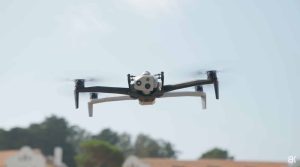



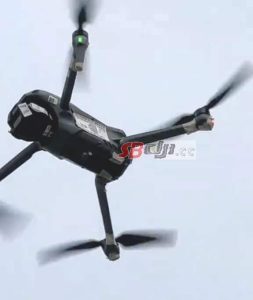

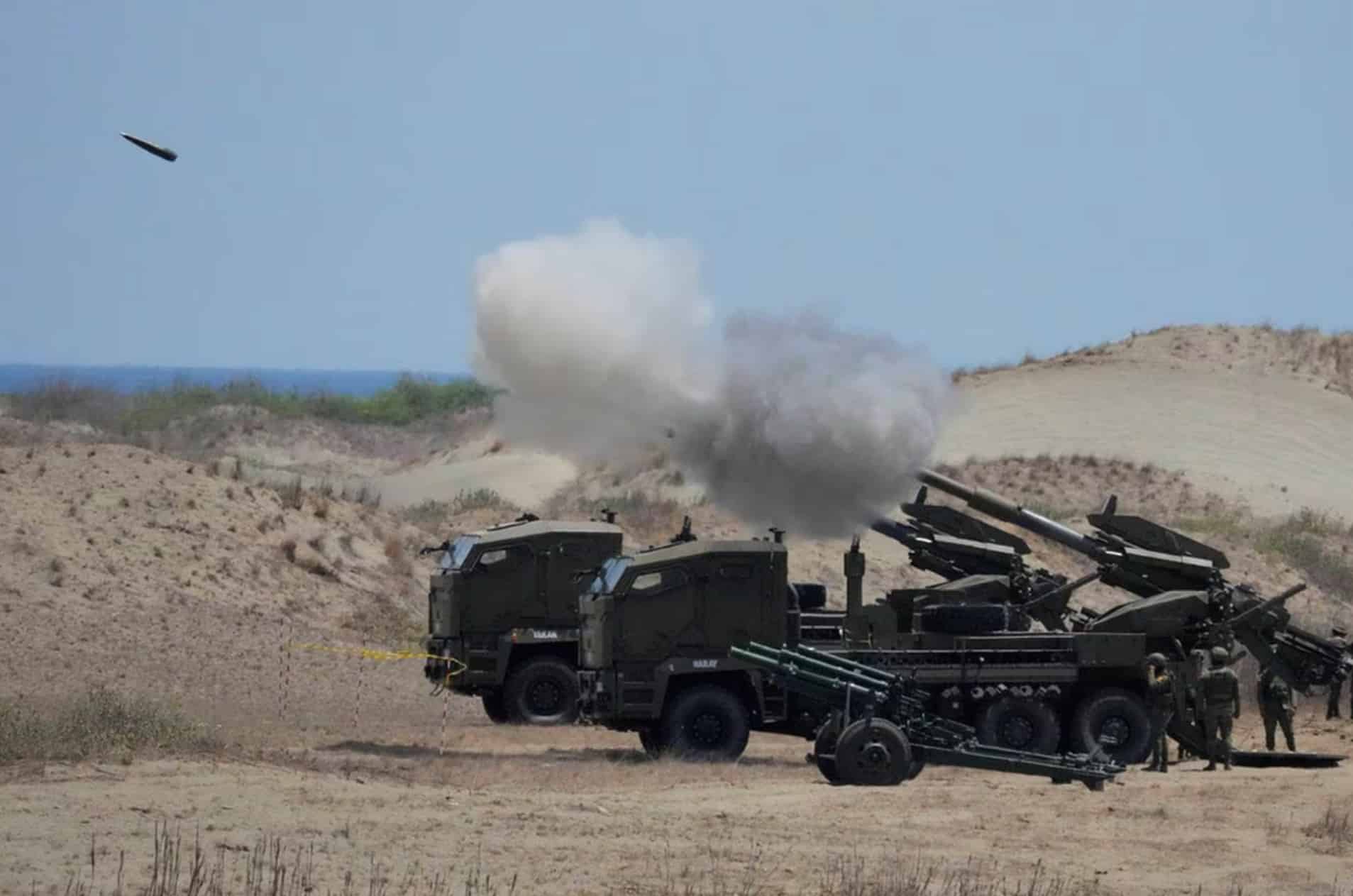
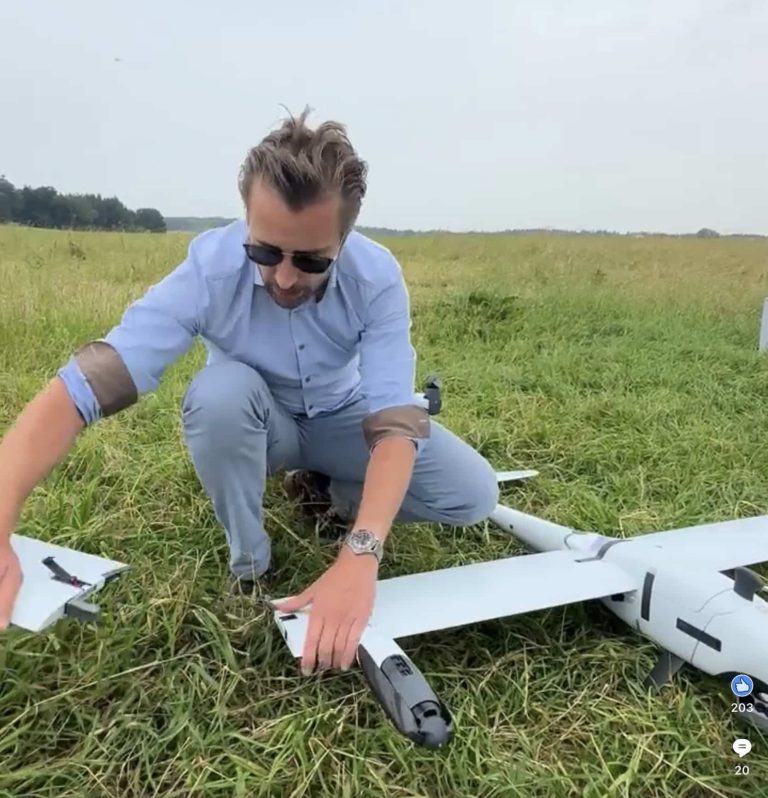
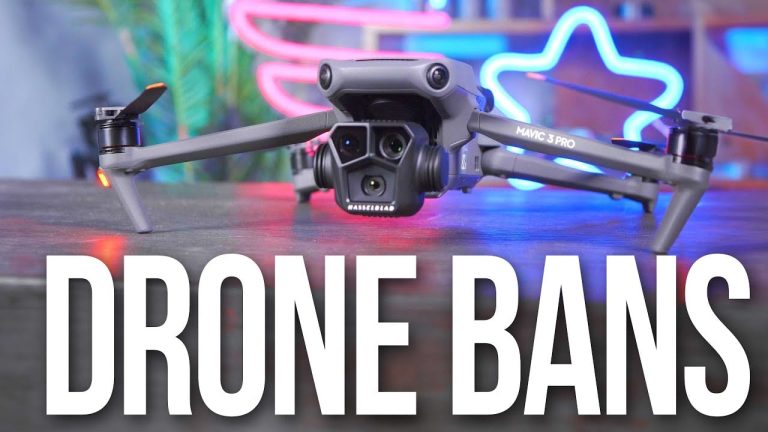



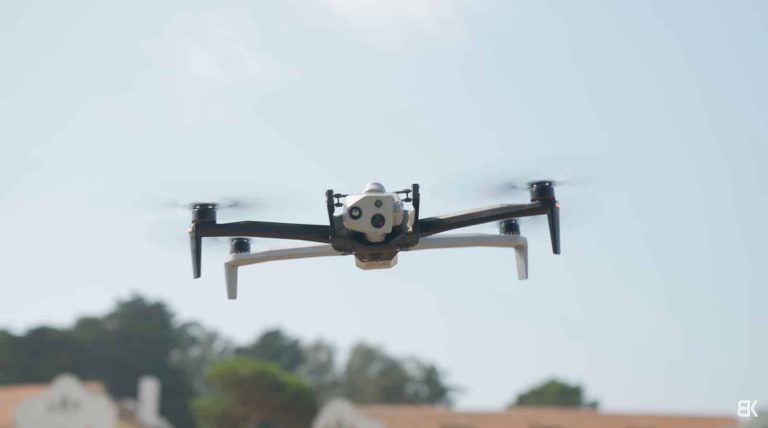
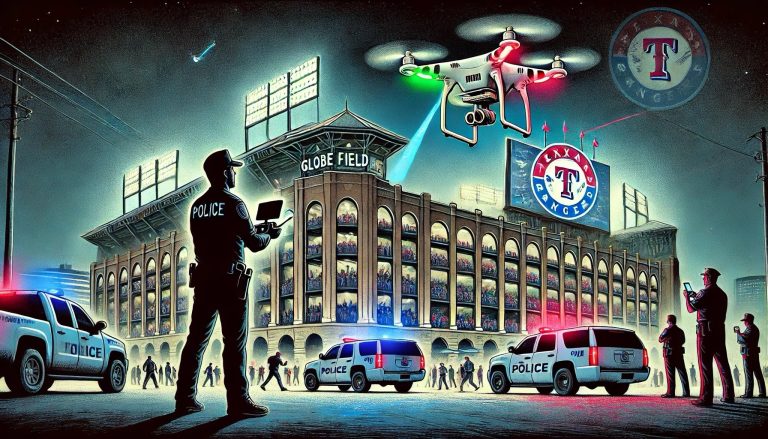
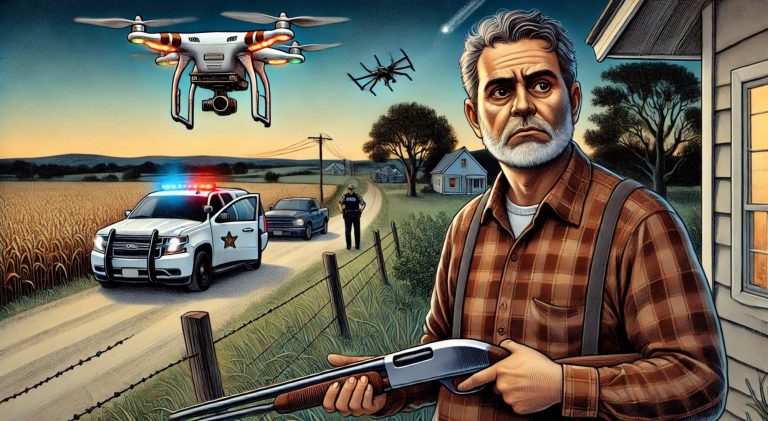
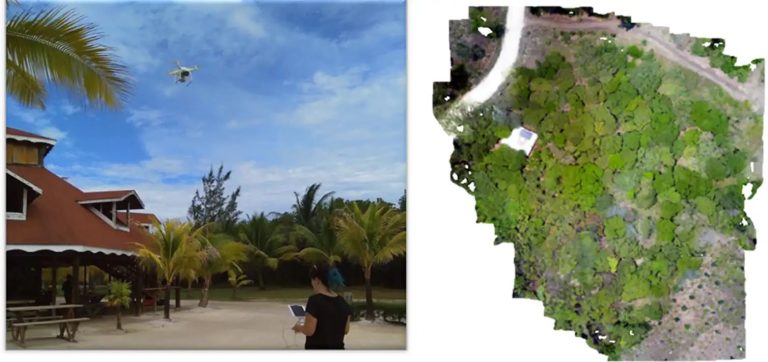
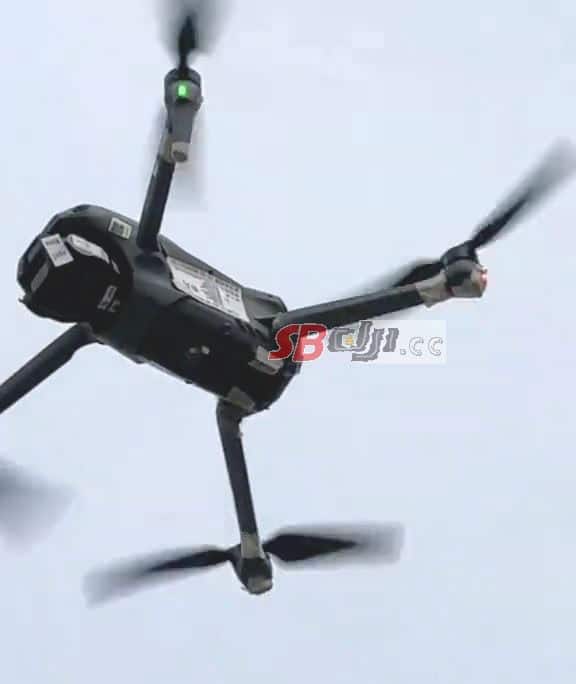
+ There are no comments
Add yours